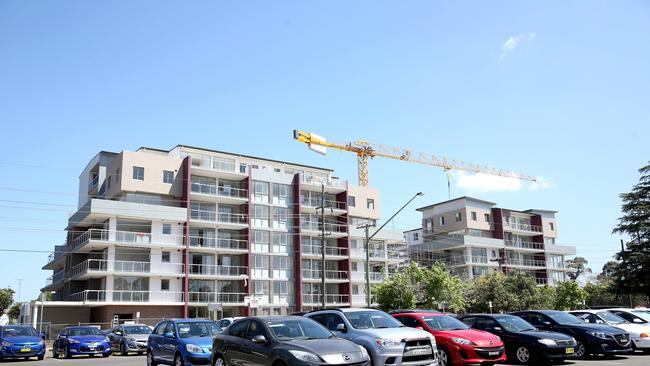Green shoots for housing construction with first rise since 2017
Despite being the first rise since December 2017, figures are still down 20 per cent year-on-year.

The number of new home construction starts grew for the first time since 2017, hinting at green shoots in the construction market.
Australian Bureau of Statistics data released today has shown the number of construction commencements rose 1.1 per cent over the June quarter. Despite being the first rise since December 2017 when the market was red hot, figures are still down 20 per cent year-on-year.
Tim Reardon, chief economist at Housing Industry Australia said the “surprising” improvement is a further sign the momentum of the construction downturn is easing.
“More recent data informs us that the downturn in detached home starts has slowed. The impact of three cuts to interest rates and small fiscal stimulus has slowed the decline in work entering the pipeline,” Mr Reardon said.
“The slowdown in building activity over the past 18 months has adversely affected the national economy and has been one of the main drags on GDP growth.
“Indications are that the downturn in new projects entering the pipeline are starting to improve following cuts to interest rate, but the market is not yet at the bottom of this cycle.”
Lending restrictions in the wake of the banking Royal Commission effectively forced a slowdown in the industry as developers struggled to access necessary funding for projects. However, with interest rates falling and the banks relaxing credit, Mr Reardon said the home building industry and the wider economy is likely to feel an added boost.
The rise in starts is largely linked to the 21 per cent growth in multi-unit dwellings being built in NSW and WA. Construction of detached housing starts have slowed to their lowest level since December 2013.
The seasonally adjusted value of work in the pipeline fell 5.5 per cent to $28.7m in the June quarter, following a rise of 1 per cent rise in the previous quarter.
Annual housing starts during the 2018-19 financial year fell in most states and territories, with the ACT (up 17.8 per cent) and Tasmania (up 5.3 per cent) the only capitals to report gains. NSW fell the least (down 13.1 per cent) over the 12-month period, while Victoria saw activity slow by 17.8 per cent.




To join the conversation, please log in. Don't have an account? Register
Join the conversation, you are commenting as Logout